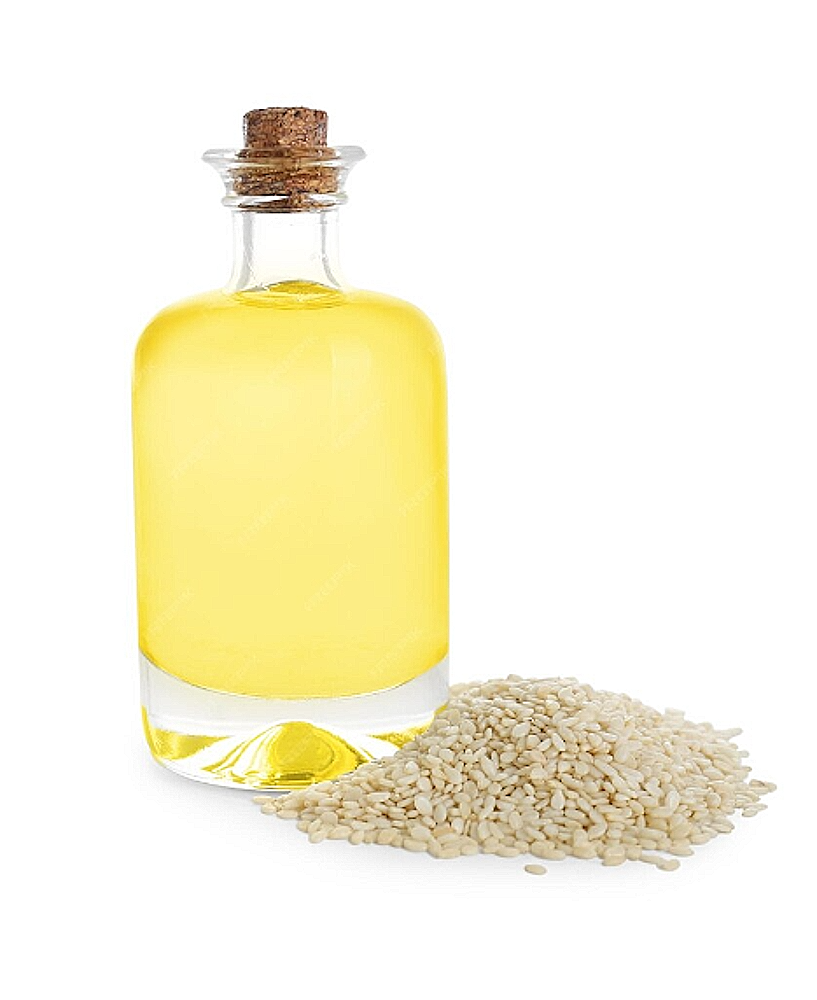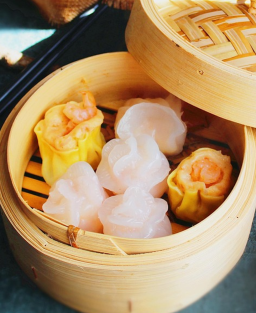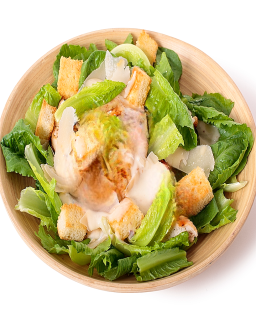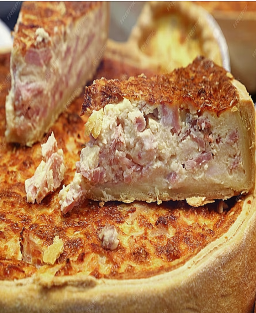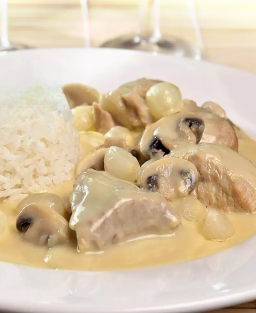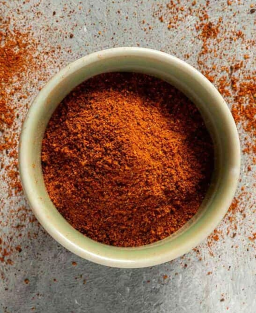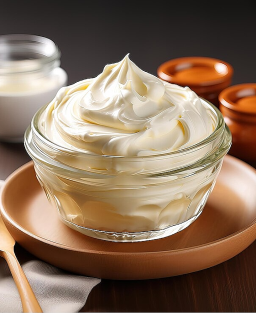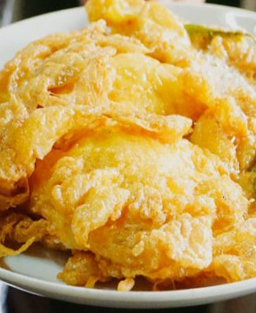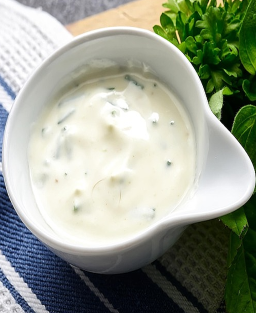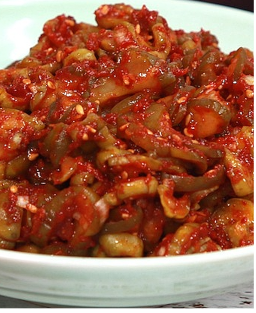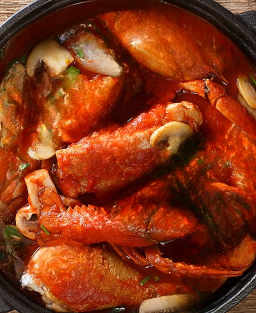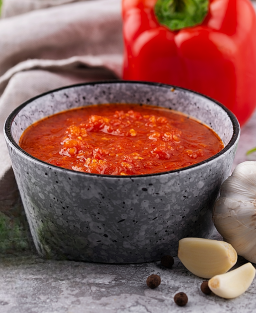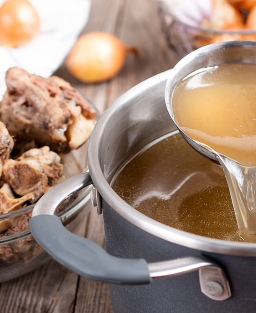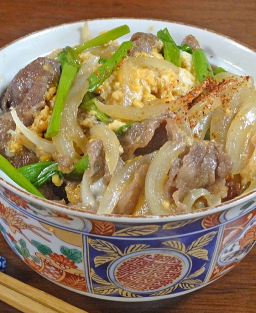- Out-of-Stock
Rice Vinegar and Vinegars in General
Rice Vinegar and Vinegars in General
Total Time:
-
Alcoholic fermentation: 1 to 2 weeks
-
Acetic fermentation: 3 to 6 weeks (or longer depending on temperature)
Ingredients
-
500 g white rice (preferably glutinous or round, such as Japanese or Thai rice)
-
2 L water (pure, non-chlorinated)
-
200 g cane sugar or rice sugar (optional, but promotes fermentation)
-
Rice vinegar mother (or a good unpasteurized rice vinegar still containing the “mother”)
How to Create a Vinegar Mother
The mother is a living organism, a cluster of acetic bacteria and cellulose.
It is the heart of the vinegar. Traditionally, it was carefully preserved and passed on like a sourdough starter.
Even without a visible mother at the start, if conditions are good, one will form naturally.
The more vinegar you make, the larger it grows. You can then:
-
Divide it to start multiple jars
-
Keep it submerged in a little vinegar
-
Share it with others
“Keep the mother, and you will always have vinegar.”
What You Need:
-
Air (but no dust)
-
An alcoholic liquid (wine, cider, rice wine… homemade or unpasteurized)
-
A large glass jar or clay pot
-
A clean cloth (cheesecloth, muslin) and string or elastic
-
Patience and a place with stable, mild temperature (20–30 °C / 68–86 °F)
-
(Optional) Beer or sake yeast (if not fermenting naturally)
Detailed Steps
1. Choose the Alcohol Base
You can use:
-
Red or white wine (natural, preferably sulfite-free)
-
Raw, artisanal cider
-
Homemade rice wine (as in the previous recipe)
The base should contain 5–10% alcohol.
Avoid strong alcohols (>10–12%) as they slow down or prevent mother formation.
2. Place in a Suitable Container
Pour the alcoholic liquid into a wide glass jar or a clay jar.
Do not fill to the top: surface contact with air is important.
The container should not be airtight but protected from insects.
3. Cover with a Breathable Cloth
Place a clean cloth over the jar opening.
Secure with string or elastic.
This allows air to pass (oxygen is necessary for acetic fermentation) while protecting against vinegar flies.
4. Let It Ferment Naturally
Place the jar in a quiet, warm spot (20–30 °C / 68–86 °F), away from direct sunlight.
Leave it for 3 to 6 weeks, sometimes longer.
Do not move the jar during this period.
What Will Happen:
Naturally occurring bacteria in the air (Acetobacter aceti) will begin colonizing the alcoholic liquid.
They will convert alcohol into acetic acid.
During this process, a gelatinous layer forms on the surface: this is the vinegar mother.
It may appear:
-
Thin at first (like a translucent film)
-
Then thicker (like a beige, flexible, sometimes sticky disc)
Approximate Time:
-
Usually: 3–6 weeks
-
Longer if temperature is low or alcohol is strong
You can slightly speed it up by adding a tablespoon of unpasteurized cider or rice vinegar, though it’s optional.
Once the Mother Forms
-
You can taste the vinegar: it will become increasingly acidic over time.
-
You can reuse the mother to start other vinegars.
-
You can store it in a jar, submerged in a bit of vinegar, at room temperature.
Repeat and Multiply:
A well-maintained mother:
-
Multiplies (forms layers)
-
Produces new mothers over time
-
Can be shared or used for different types of vinegar
Traditional advice: “Feed the mother with time and let it do its work. It lives if you respect it.”
Vinegar Preparation
Traditional Steps
1. Cook the Rice
Rinse the rice thoroughly until the water is clear.
Cook the rice by steaming or boiling until fully done.
2. Prepare the Rice Must (Sweet Base)
Let the rice cool, then transfer it to a large glass jar or clay pot.
Add 2 L of boiled, cooled, non-chlorinated water, then the sugar.
Mix well.
Cover with a fine cloth (cheesecloth) and secure with string.
Leave at room temperature (20–30 °C / 68–86 °F), protected from sunlight.
3. Alcoholic Fermentation (“Rice Wine”)
Leave to rest for 7–14 days.
Bubbles will appear, indicating fermentation.
(Optional: you can add a bit of beer or sake yeast to accelerate.)
Then filter to keep only the liquid (“rice wine”).
4. Acetic Fermentation (Turning into Vinegar)
Transfer the liquid to another wide container (clay or glass).
Add a bit of unpasteurized rice vinegar with its mother (white gelatinous material floating or sinking).
Cover again with a cloth and let ferment 3 to 6 weeks.
A film (new mother) may form on the surface—this is normal and a good sign.
Taste occasionally: when acidity is sufficient, the vinegar is ready.
5. Bottling
Once the vinegar reaches your desired flavor:
-
Filter if you want to remove solids or the mother
-
Bottle in sterilized glass bottles
-
Store away from light and heat
You can also keep some vinegar with its mother in a jar: it’s the starter for the next batch.
Other Types of Vinegar
All vinegars (cider, wine, fruit) follow the same principle:
Sugar → Alcohol (alcoholic fermentation) → Vinegar (acetic fermentation via the mother)
Only the base changes. The mother adapts.
Common Vinegar Types:
-
Cider vinegar: base fermented apple juice. Very easy to make at home.
-
Wine vinegar: base red or white wine. Preferably natural wine.
-
Malt vinegar: base fermented beer. Requires good-quality craft beer.
-
Fruit vinegar: base fermented fruit juices (e.g., mango, dates, figs). Very aromatic.
-
Coconut vinegar: base fermented coconut sap. Traditional in Southeast Asia.
Each vinegar has a unique flavor depending on its base, but the process remains: alcohol → acetic acid, thanks to the vinegar mother.











